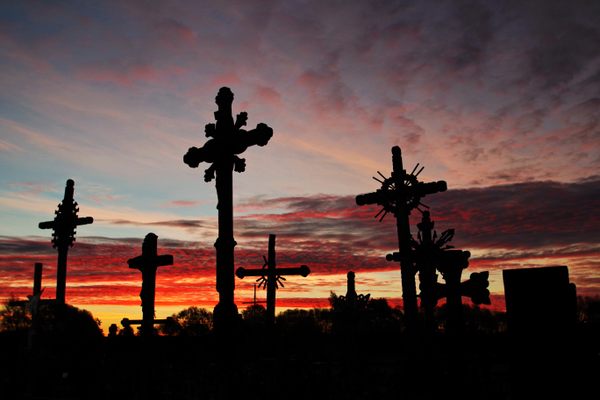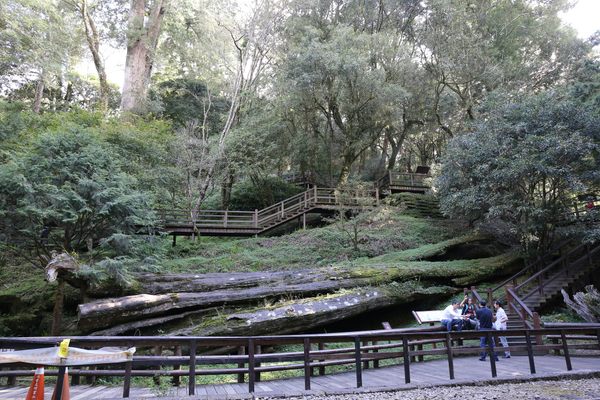About
Located 7.5 miles north of the town of Siauliai, in northern Lithuania, the Hill of Crosses occupies a low rise of ground once thought to have been a Domantai, or hill fort.
The nearby city was founded in 1236 and occupied by Teutonic Knights of the Holy Roman Empire during the 14th century. Crosses are thought to have first appeared on the site during this time as a way of expressing the desire for Lithuanian independence.
Crosses continued to be placed on the site throughout the medieval period by local Catholics. During a peasant uprising against Russian control of the area in 1831, the practice of placing crosses in remembrance of missing and dead rebels began. By 1895, it is recorded that there were 150 large crosses on the site, and this number grew to 400 by 1940.
During Soviet occupation of the area that lasted from 1944 to 1991, the Hill of Crosses became a symbol of defiance. Three times during the Soviet occupation, the hill and its crosses were bulldozed. Despite these attempts to end the symbolism of the site, both locals and pilgrims once again begin erecting crosses.
It's estimated that there are more than 100,000 crosses on the hill as of 2007. Thousands visit the site each year, with the most famous visit occurring in 1993 when Pope John Paul II came to dedicate the site. A stone marker bearing his words, “Thank you, Lithuanians, for this hill of crosses which testifies to the nations of Europe and to the whole world the faith of the people of this land” now lies at the foot of the hill.
A hermitage has been erected nearby to assist visitors and the faithful are welcome to add their contribution.
Related Tags
Know Before You Go
The hill is 7.5 miles north of the city of Šiauliai, in northern Lithuania. From the Šiauliai main bus station, you can take a bus for 10 minutes and then walk 10 more minutes to get to the Hill.
Community Contributors
Added By
Published
October 14, 2010



































































